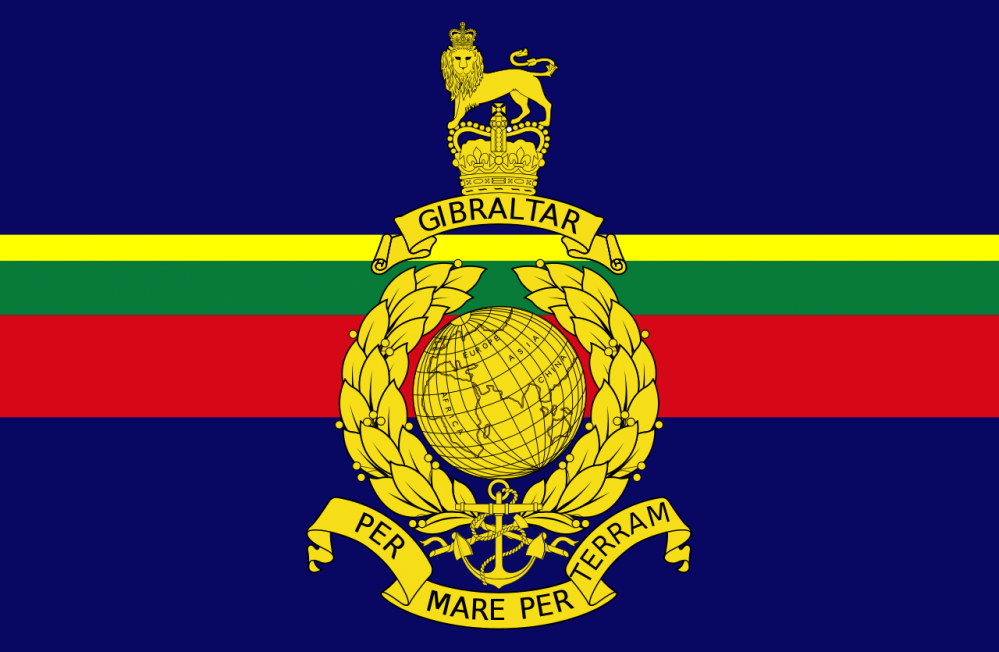
Per Mare Per Terram
The Second World War and The Green Beret
The Second World War and the advent of the Commandos pretty much sets the look of the Royal Marines as many of us would recognise them. At the outbreak of war, the uniforms of the Corps were near, if not completely, identical to the standard Battledress of the Army. Again, the differences here are badges that are very easily replicated with decals. The major change here comes in the role they played, and still do, to this day.
At the start of the war, Royal Marines acted as amphibious troops grouped into the Royal Marines Division and took part in many landings throughout the war but when the Commandos were formed from the Army, the Royal Marines followed suit and were soon integral parts of the Commando Brigades (with the 4th such brigade being entirely formed from Royal Marines. The prized badge of these Commando units was the Green Beret that is not synonymous with the Royal Marines and the Special Boat Service (SBS) that also grew out from the war. When the war ended, all other Commando units were disbanded except for those of the Royal Marines 40, 42, and 45 Commandos who were formed into the Commando Brigade (being the only one left) and maintaining their elite role and training as combat specialists and amphibious infantry. The SBS remained as the ‘elite of the elites’ and now operates along similar lines to the more famous SAS of today.
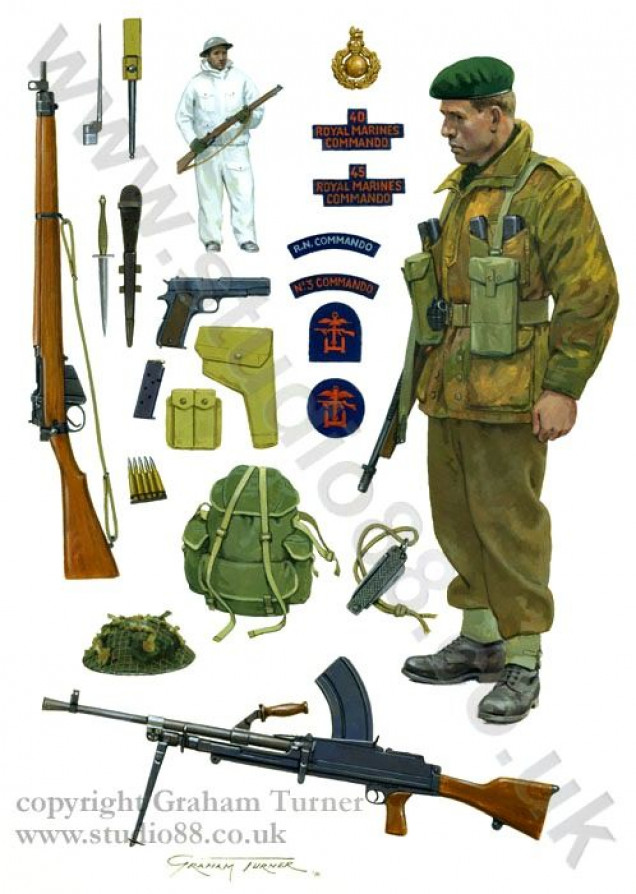 Late War/Post War gear for the Royal Marines. This would now be the standard of Royal Marines; similar arms and kit as the regular army, but with the distinctive headgear that is easy to model.
Late War/Post War gear for the Royal Marines. This would now be the standard of Royal Marines; similar arms and kit as the regular army, but with the distinctive headgear that is easy to model.While the Royal Marines are, to this day, as part of the Royal Navy, they more often fight alongside the army on land with much of a ship’s security being done by ratings on board the ships themselves. This has also meant that they have acquired other units to form their modern brigade including Artillery and logistics, the former of which was taken away from the Corps following the disbandment of the Royal Marine Artillery after the Great War. From this point in history on, the Royal Marines have followed the patterns and equipment of the army with some variations as time goes on. For gaming, they are an elite force that has been used in many conflicts including the Falklands War, the First Gulf War, and the War in Iraq and Afghanistan. While weapons and kit have changed, the green berets have not and stand as a bright marker of a Royal Marine and while many wear more practical headgear in combat, the beret is a sign of pride and skill to this day.
For miniatures, there are lots of options for Commandos during WW2, and those will usually work well enough for the Korean War, as well. Due to the popularity and recognition, I suspect that purpose built minis for the Falklands are available and even beyond into the modern era. Remember, though, that most of the time you can easy use a regular British soldier in place of a Marine, just make sure you paint any beret he may have on his person in the green colour. Also take into account certain combats. In WW2 and the Falklands, for instance, the Marines carried what they needed with them, so small packs are not all that accurate. The Warlord kit for WW2 definitely have the right rucksacks, and I suspect any Falklands minis are going to be modeled after men on The Yomp. And if you’re thinking of building a Marine force for any reason (and there are lots of fantastic reasons) there’s usually not too many of them, because a few go a long way!

































![TerrainFest 2024! Build Terrain With OnTableTop & Win A £300 Prize [Extended!]](https://images.beastsofwar.com/2024/10/TerrainFEST-2024-Social-Media-Post-Square-225-127.jpg)







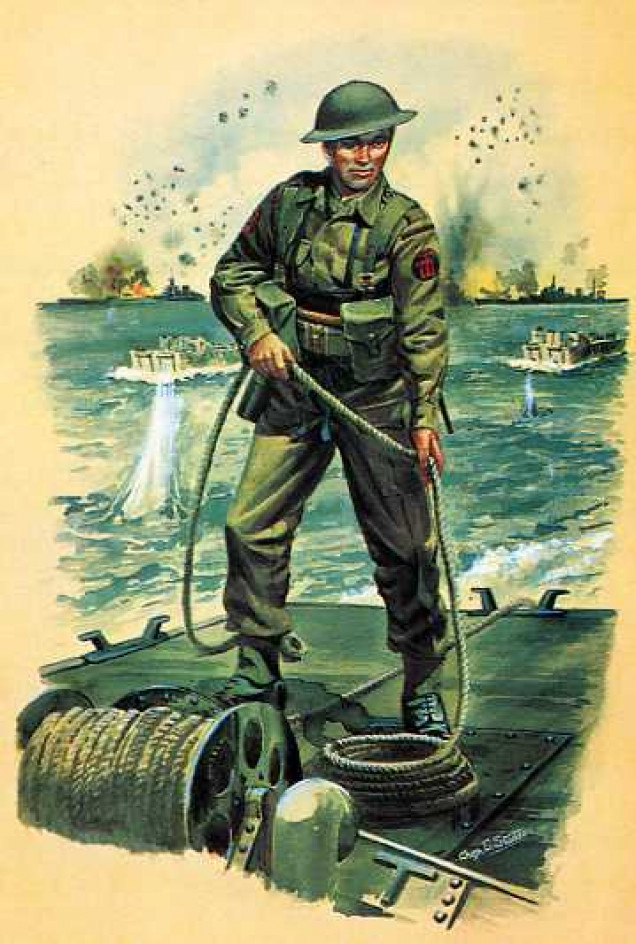
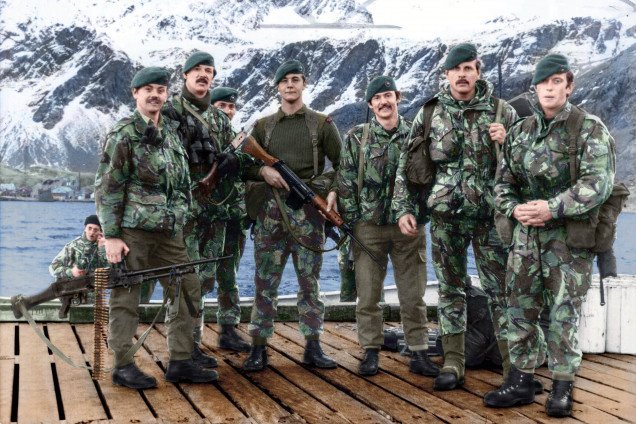


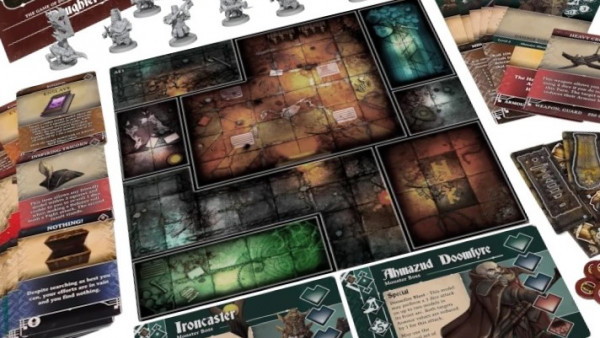






























Leave a Reply